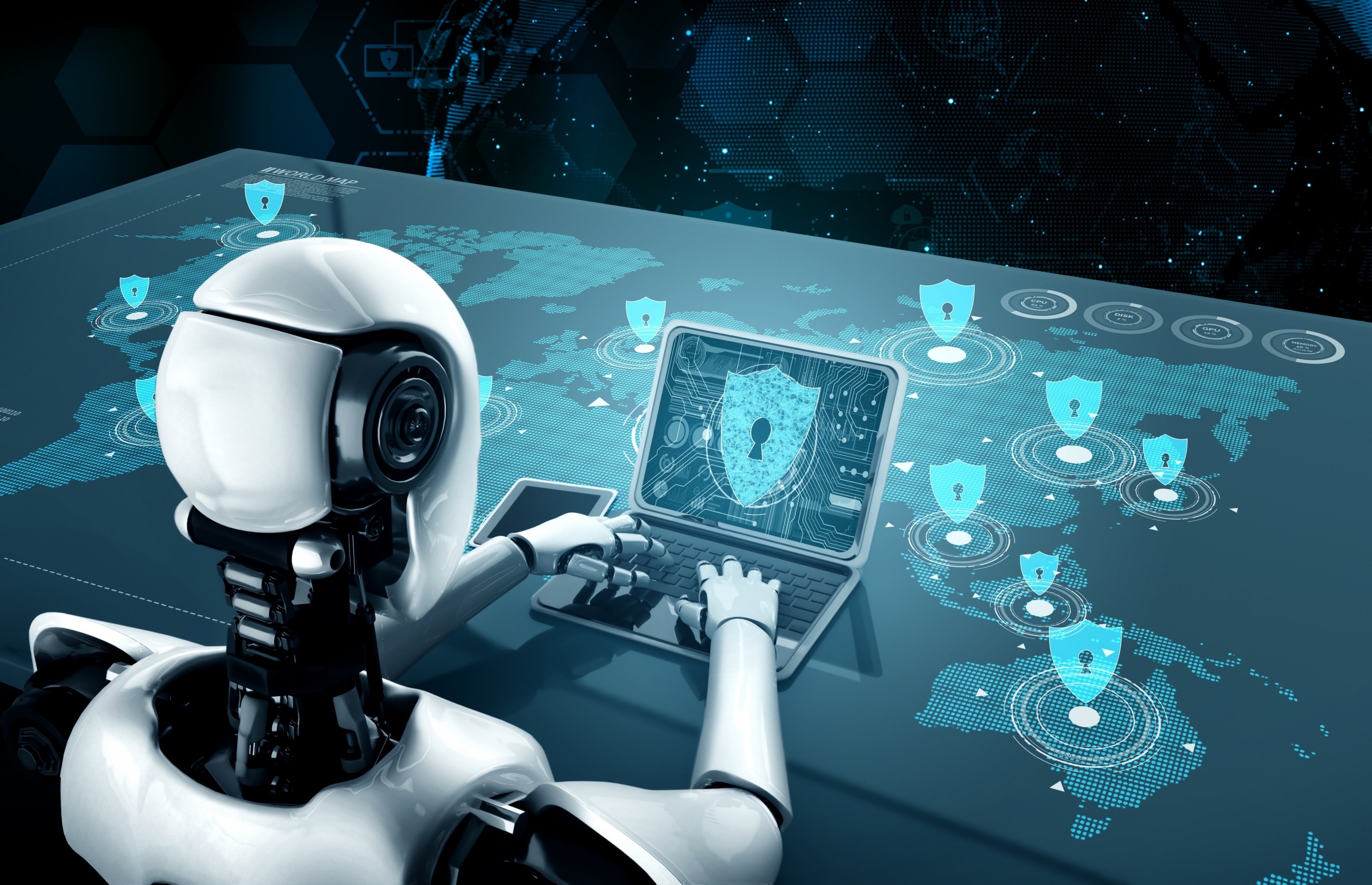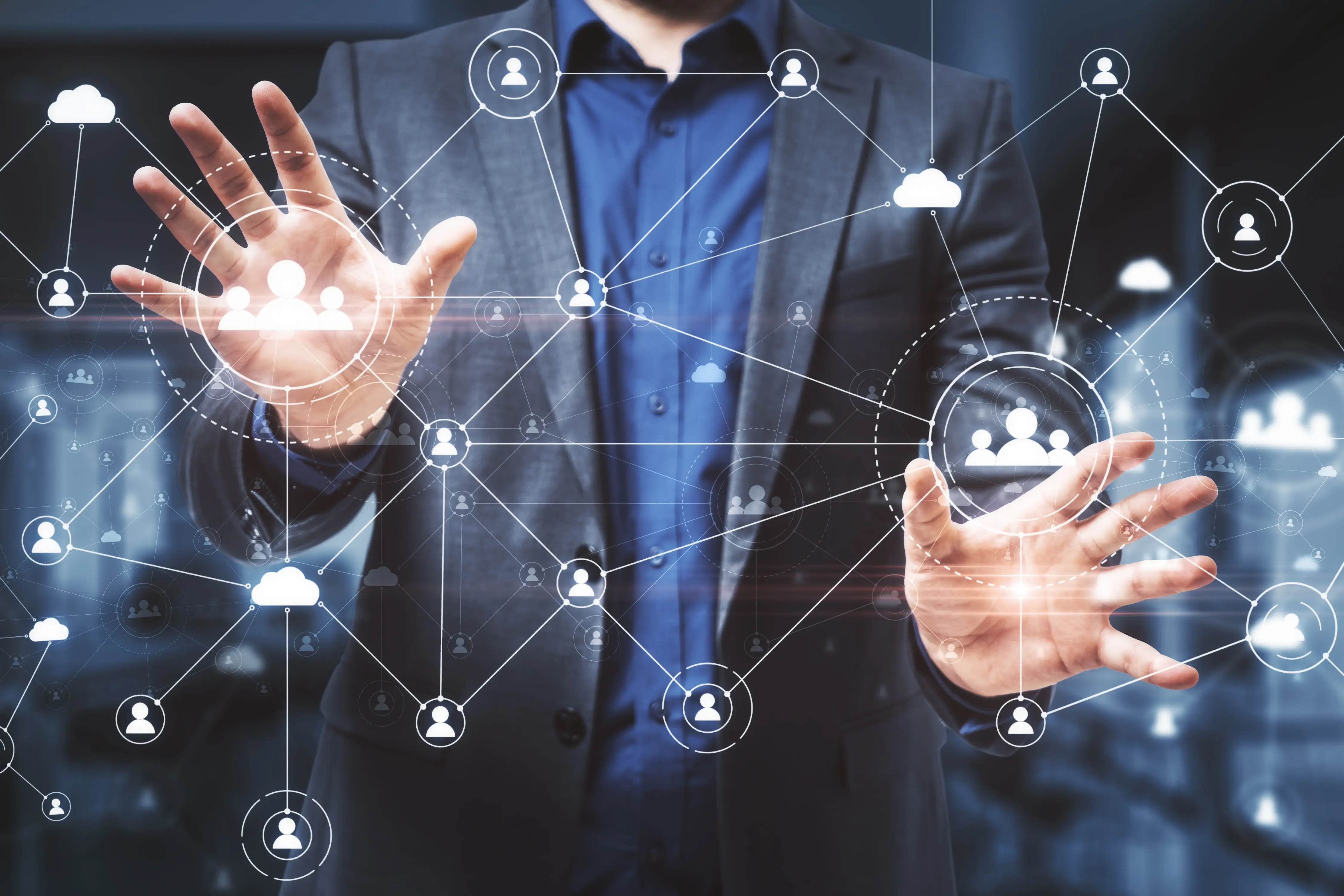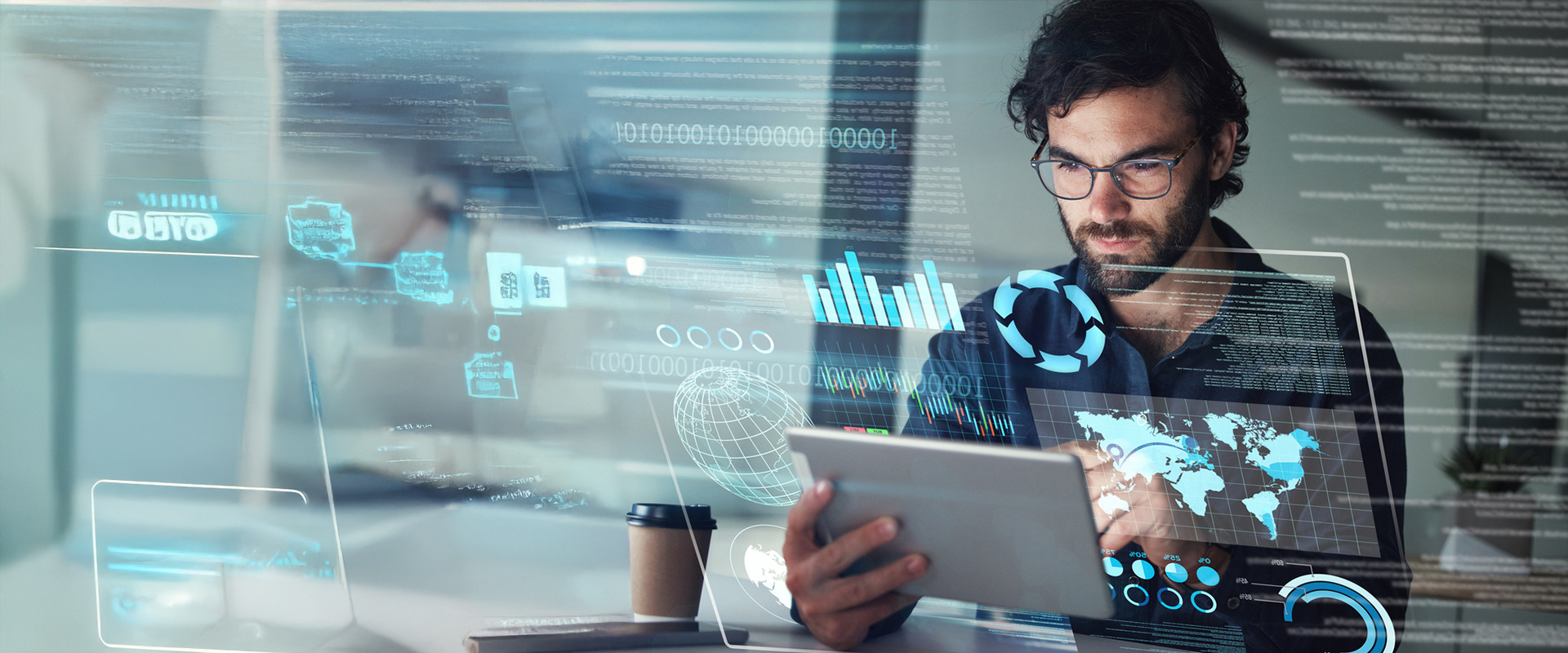Atlas Systems Named a Representative Vendor in 2025 Gartner® Market Guide for TPRM Technology Solutions → Read More

Attack Surface Management vs Vulnerability Management


6 min read | Last Updated: 18 Dec, 2025
Security teams are often caught between two important practices: attack surface management vs vulnerability management. While both aim to reduce cyber risks, they are not the same.
Attack surface management (ASM) focuses on discovering and monitoring all assets that could be targeted, while vulnerability management (VM) addresses weaknesses within those assets.
Understanding the difference helps organizations allocate resources effectively and build stronger defense strategies. Let’s explore more about this in this blog.
What is Attack Surface Management?
Attack surface management is the continuous process of discovering, analyzing, and monitoring all assets that could be exposed to attackers. This includes servers, APIs, cloud workloads, mobile apps, IoT devices, and even forgotten shadow IT.
Key aspects of ASM:
- Attack surface scanning: Continuously checking for new or unknown assets.
- Threat surface vs attack surface: The threat surface refers to potential points of attack, while the attack surface includes all actual exposed entry points.
- Software attack surface: Includes applications, services, and APIs that interact with external systems.
ASM helps security teams answer the question: “What do we need to protect?”
Try this: Atlas Systems’ Cybersecurity Risk Assessment tool enhances ASM by offering a complimentary scan that covers both Attack Surface Management and Vulnerability Management, helping organizations discover exposed cloud services, web applications, infrastructure devices, etc.
What is Vulnerability Management?
Vulnerability management is the process of identifying, evaluating, prioritizing and remediating weaknesses within known systems. It often involves a vulnerability management system that scans IT environments, generates reports, and integrates with patch management tools.
Core activities include:
- Scanning systems for outdated software, misconfigurations and CVEs.
- Prioritizing vulnerabilities based on severity and risk.
- Patch management vs vulnerability management: Patch management focuses on fixing vulnerabilities with updates, while VM ensures proper prioritization, tracking, and verification.
Read: Why Vulnerability Assessment is Essential for Your Business?
Key Differences: ASM vs Vulnerability Management
Although attack surface management and vulnerability management are related, they serve different purposes in cybersecurity. ASM focuses on identifying and monitoring every asset that could be exposed, while VM ensures those assets are regularly scanned, assessed, and secured. Together, they form two sides of a complete security strategy.
|
Aspect |
Attack Surface Management (ASM) |
Vulnerability Management (VM |
|
Primary focus |
Discovering, mapping, and monitoring all assets that could be targeted |
Identifying, prioritizing, and fixing weaknesses in known assets |
|
Scope |
External-facing systems, cloud services, APIs, shadow IT, and software attack surface |
Both internal and external assets that are already inventoried |
|
Approach |
Continuous asset discovery and attack surface scanning |
Regular vulnerability scans, assessments, and patching |
|
Outcome |
Comprehensive inventory of exposed or at-risk assets |
Detailed vulnerability reports and remediation plans |
|
Goal |
Attack surface reduction by improving visibility |
Risk reduction by fixing and patching known vulnerabilities |
|
Tools used |
ASM platforms, attack surface scanning tools, asset discovery systems |
Vulnerability management systems, patch management tools, scanners |
Best Practices for Integrating Both ASM and VM
Using attack surface management and vulnerability management together gives organizations a more complete security strategy. ASM ensures you don’t miss hidden or unknown assets, while VM keeps those assets secure by fixing weaknesses. To get the best results, both need to be aligned.
1. Build a single source of truth
Maintain a unified inventory of all assets discovered through ASM and keep it synced with your vulnerability management system. This avoids gaps caused by shadow IT or overlooked endpoints.
2. Automate discovery and scanning
Use automated attack surface scanning to continuously detect new assets and immediately feed them into vulnerability scans. This shortens the time between asset exposure and vulnerability detection.
3. Prioritize based on risk, not volume
Instead of trying to fix every vulnerability, apply risk management vs vulnerability management principles. Focus on vulnerabilities that pose the highest risk to critical assets exposed on the attack surface.
4. Align with patch management workflows
Link VM findings with patch management tools so that vulnerabilities can be tracked, patched, and verified seamlessly. This ensures remediation doesn’t fall through the cracks.
5. Monitor changes continuously
The attack surface evolves as new cloud workloads, APIs, and applications are deployed. Pair continuous ASM monitoring with scheduled VM scans to maintain consistent protection.
6. Integrate into security operations
Feed ASM and VM insights into your SIEM or SOC workflows. This helps security teams respond faster to incidents and maintain visibility across environments.
7. Establish ownership and accountability
Assign clear responsibilities with ASM for asset discovery and monitoring, VM for remediation and patching. Collaboration between IT, DevOps, and security is key for effective execution.
Check this out: 6 Best Cybersecurity Risk Assessment Software
How Atlas Systems Delivers Value
Understanding the difference between attack surface management vs vulnerability management is essential for building a strong cybersecurity strategy. When combined, these practices give enterprises full visibility into their IT environment and the ability to reduce risk through continuous discovery and timely remediation.
Atlas Systems helps enterprises put this into practice by offering comprehensive vulnerability assessment services, continuous risk monitoring through ComplyScore® by Atlas Systems, and managed security operations for ongoing protection. This integrated approach ensures organizations not only identify hidden assets and vulnerabilities but also act on them with the right prioritization and remediation support.
Ready to strengthen your security strategy? Schedule a demo with Atlas Systems to see how ComplyScore® by Atlas Systems and our vulnerability management services can help reduce your attack surface and improve resilience.
FAQs
1. How does attack surface management differ from vulnerability management?
ASM finds and tracks all assets that could be attacked, while VM looks for weaknesses in those assets and fixes them.
2. Can ASM and VM be used together effectively?
Yes. ASM shows what needs protection, and VM makes sure those assets stay secure.
3. What metrics indicate ASM or VM success?
ASM: number of assets discovered, fewer unknown systems.VM: how quickly and effectively vulnerabilities are fixed.
4. Which tools are best for attack surface and vulnerability management?
ASM tools scan for exposed assets, while VM tools (or a VMS) scan for vulnerabilities and help with patching.
5. How often should ASM and VM scans be performed?
ASM should run all the time since new assets keep appearing. VM should be done regularly, weekly or monthly, and more often for critical systems.
.png?width=869&height=597&name=image%20(5).png)

.png?width=300&height=175&name=Rectangle%2034624433%20(2).png)







.png?width=645&height=667&name=Widgets%20(2).png)













.webp)

.png)












